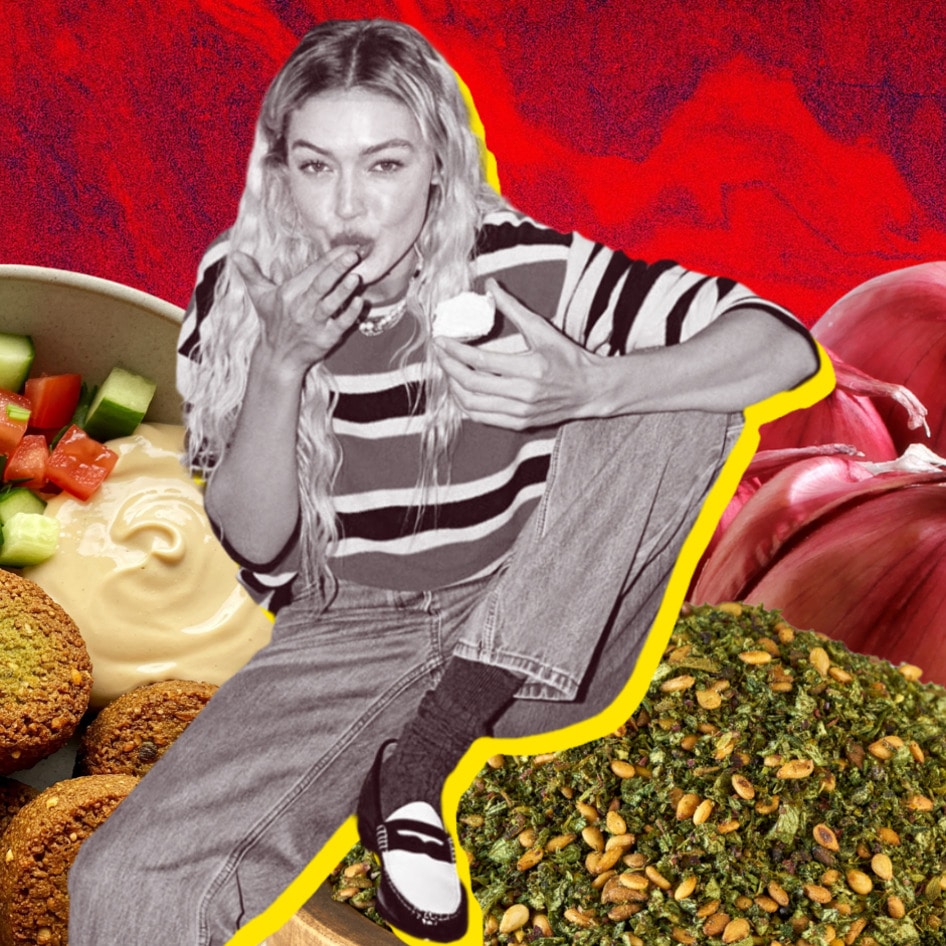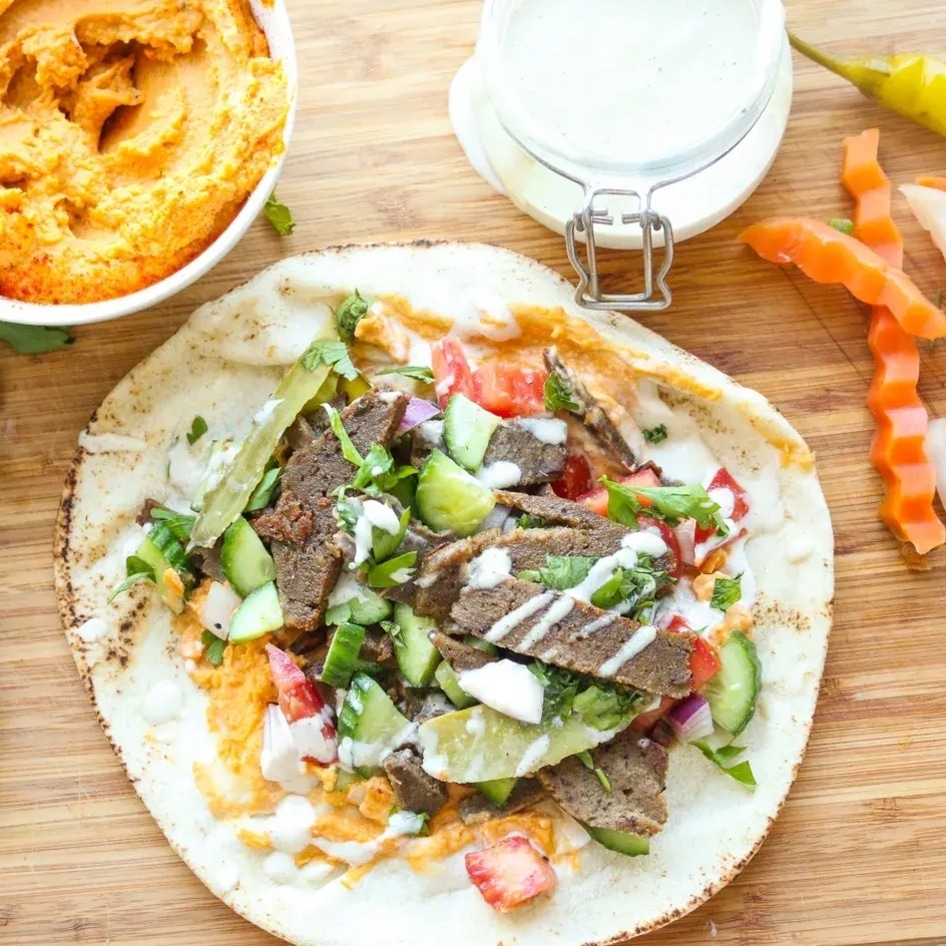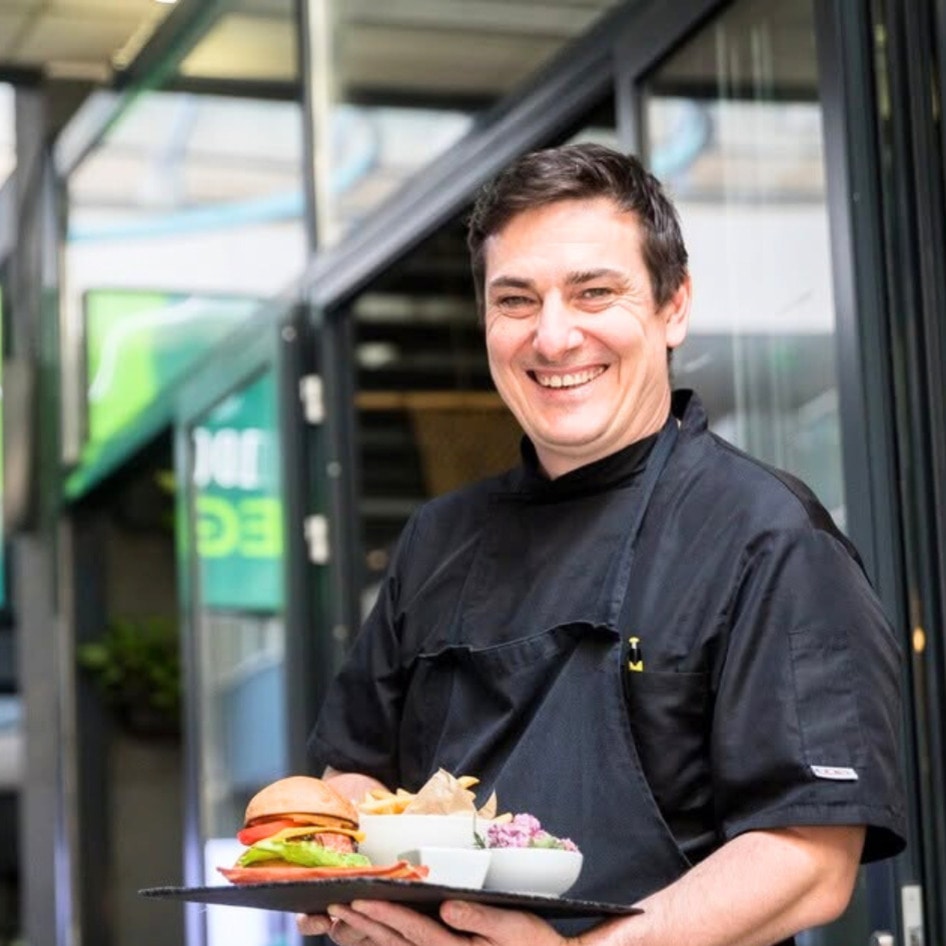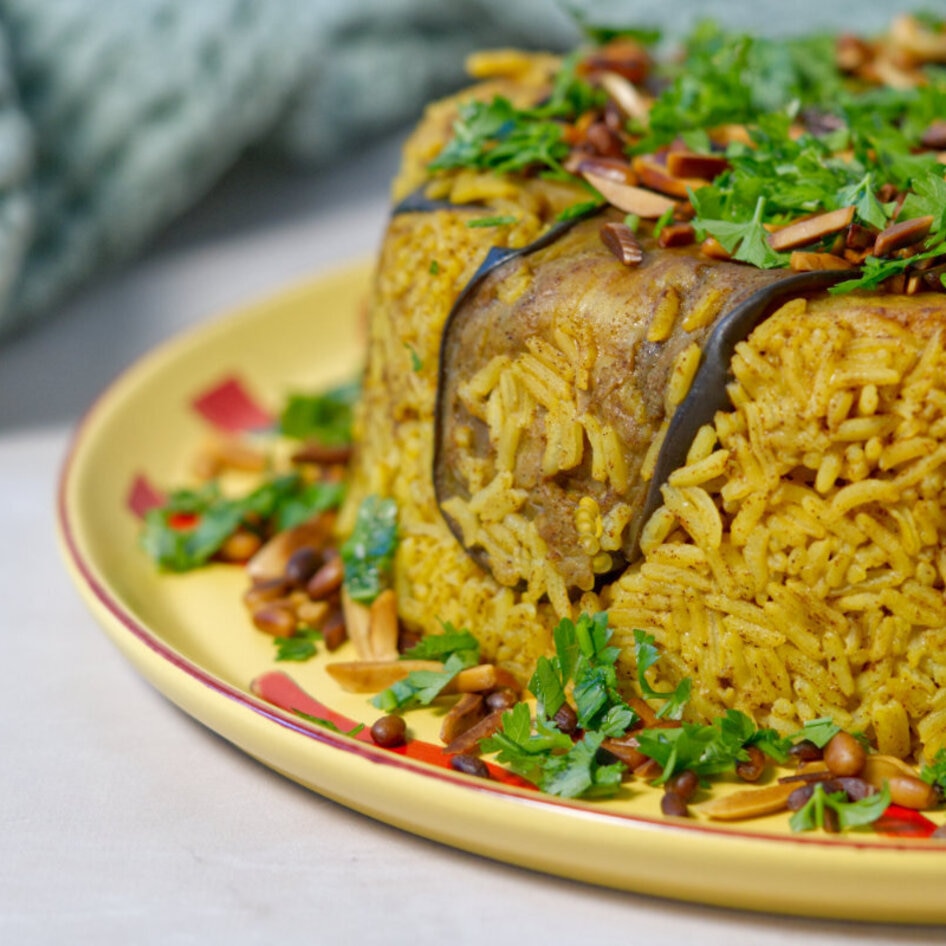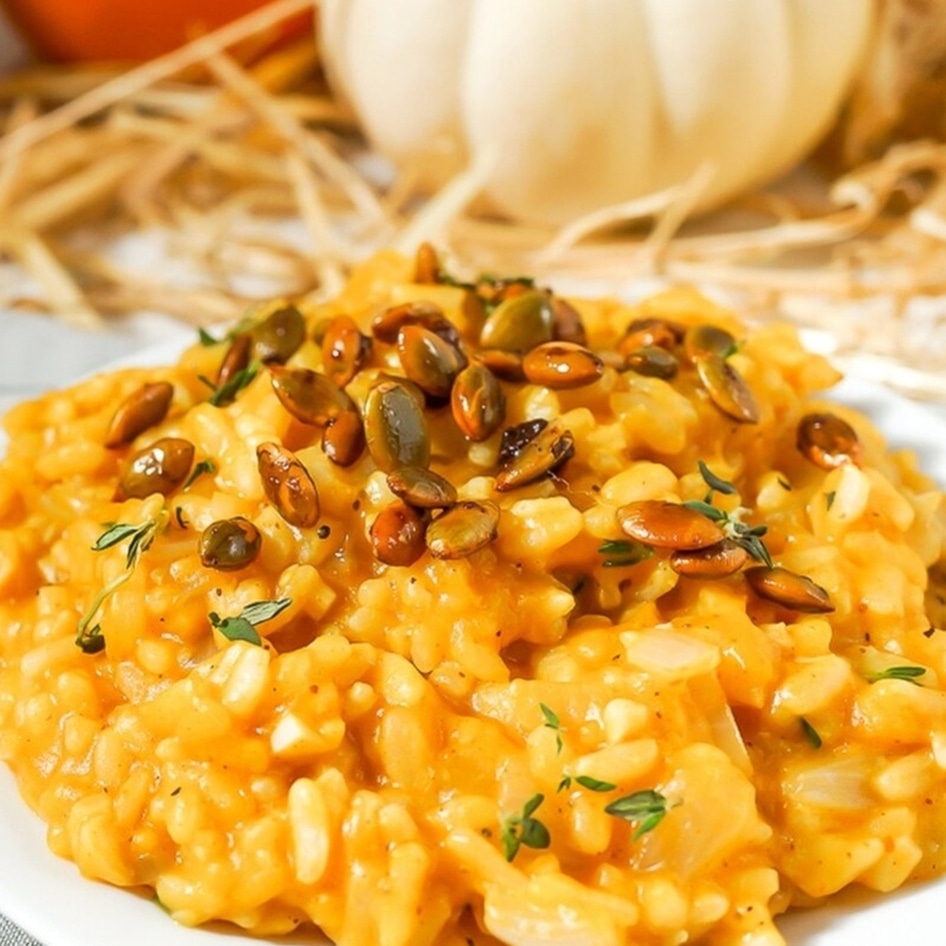How to Veganize Syrian Cuisine
Honor Syria by indulging in flavors that celebrate an ancient civilization—sans the meat and dairy.
February 17, 2017
Syrian food has been shaped by centuries of trade, migration, and invasion. Jewish, Assyrian, Alawite, Turkish, Armenian, Palestinian, Greek, Arab, and Yazidi peoples have all influenced the development of Syrian cuisine, and these diverse influences make for great dishes. These days, references to Syria often focus on its brutal civil war, destruction of the country’s historical artifacts, and the Syrian refugee crisis. But behind these tragic news headlines lies something to celebrate—Syria’s food culture. Many Syrian dishes are heavy on vegetables, and many meat dishes can be easily converted to plant-based proteins. Exploring Syrian cuisine in your kitchen can enrich your cooking experiences, and is a great way to surprise guests with new flavor profiles. Here are our five favorite experiences related to Syrian food.
1. Kibbeh
Syria’s national dish—kibbeh—is a fried or baked bulgur fritter (often shaped like an American football) seasoned with onions and spiced with cinnamon, nutmeg, and allspice. There are countless versions served across the Middle East, including meatless varieties, such as one that is filled with pine nuts simmered in quince syrup. Kibbeh is the perfect food to eat when wandering the labyrinthine alleys of Damascus, the country’s capital. Known as the “City of Jasmine,” Damascus is home to street markets, including the Al-Hamidiyah Souq, which is considered the city’s most ancient. But you can find kibbeh in Syrian homes as well, as many Syrian women have a secret kibbeh recipe that was passed down from their mothers.
2. Home cookin’
Syrians might enjoy kibbeh at home, but more common are what might be considered casseroles. Fatteh—topped with chopped parsley, olives, or roasted almonds—is one of the most popular. Fried pita chips are smothered with thick yogurt (soy- or coconut-based could be used), layered with chickpeas, and sometimes a dip such as hummus. Another favorite homestyle dish is harra bi isbaou, which in Arabic means “burnt finger.” This unusual name is attributed to a peasant who was allegedly so excited to eat it that he burnt his fingers. The filling of harra bi isbaou is composed of pasta and brown lentils simmered in onions, while parsley, fried onions, and pomegranate seeds are artfully striped across the top.
3. Hot peppers from the heart of the desert
If you’re looking for something spicy, the northern city of Aleppo will provide inspiration. Awarded the culinary prize from the International Academy of Gastronomy in 2007, Aleppo is known for its food culture, particularly its hot peppers. Aleppo is one of the longest continually inhabited cities in the world, dating back to 6th century BCE, and across the Middle East its reputation for food is widely known. Legend has it that a Turkish king sent his chef to spy on incoming spices from trade caravans. Add Aleppo pepper powder to marinades, sprinkle it on hummus, or if you’re feeling adventurous, add it with cinnamon to a creamy dessert.
4. Vegetables abound
Regardless of where you find yourself in Syria, vegetable dishes abound. Syrians make makdous, a common breakfast dish, by spending an afternoon stuffing baby eggplants with walnuts and dried red pepper, then packing them in jars filled with olive oil. Ful is another great ingredient to add to your pantry, as these fava beans can be stewed, blended into a soup, or made into a dip. Another delicious side dish is a plate of olives drizzled in pomegranate syrup.
5. Dining etiquette
When invited to eat at a Syrian’s home, be prepared for the ultimate experience in hospitality. A welcoming beverage will stimulate appetite and conversation. When mealtime approaches, your host will surround you with meze, often consisting of hummus, baba ghanoush, and tabouli. When dinner is served, your host will circle the table, loading food onto your plate. Eating too little is a sign that you did not enjoy the meal, so be sure to come hungry. After the main course there will be cookies studded with jewel-toned fruits or nuts. Dessert lovers might be surprised by the subtle flavors of orange or rose water. At the end of the meal, Syrians digest with thick Arabic coffee or tea served in little cups, a welcome bitterness that can wake up any overindulged diner. Syrians like to stay up late and enjoy conversation regarding the arts, culture, and sports. If you’re lucky, a final round of candies filled with pistachios, sesame seeds, or tahini will be offered.
Melanie Manuel, a writer and chef, prepares plant-based cuisine for Beatrix Foods in Milwaukee, WI.
JUMP TO ... Latest News | Recipes | Guides | Health | Subscribe

